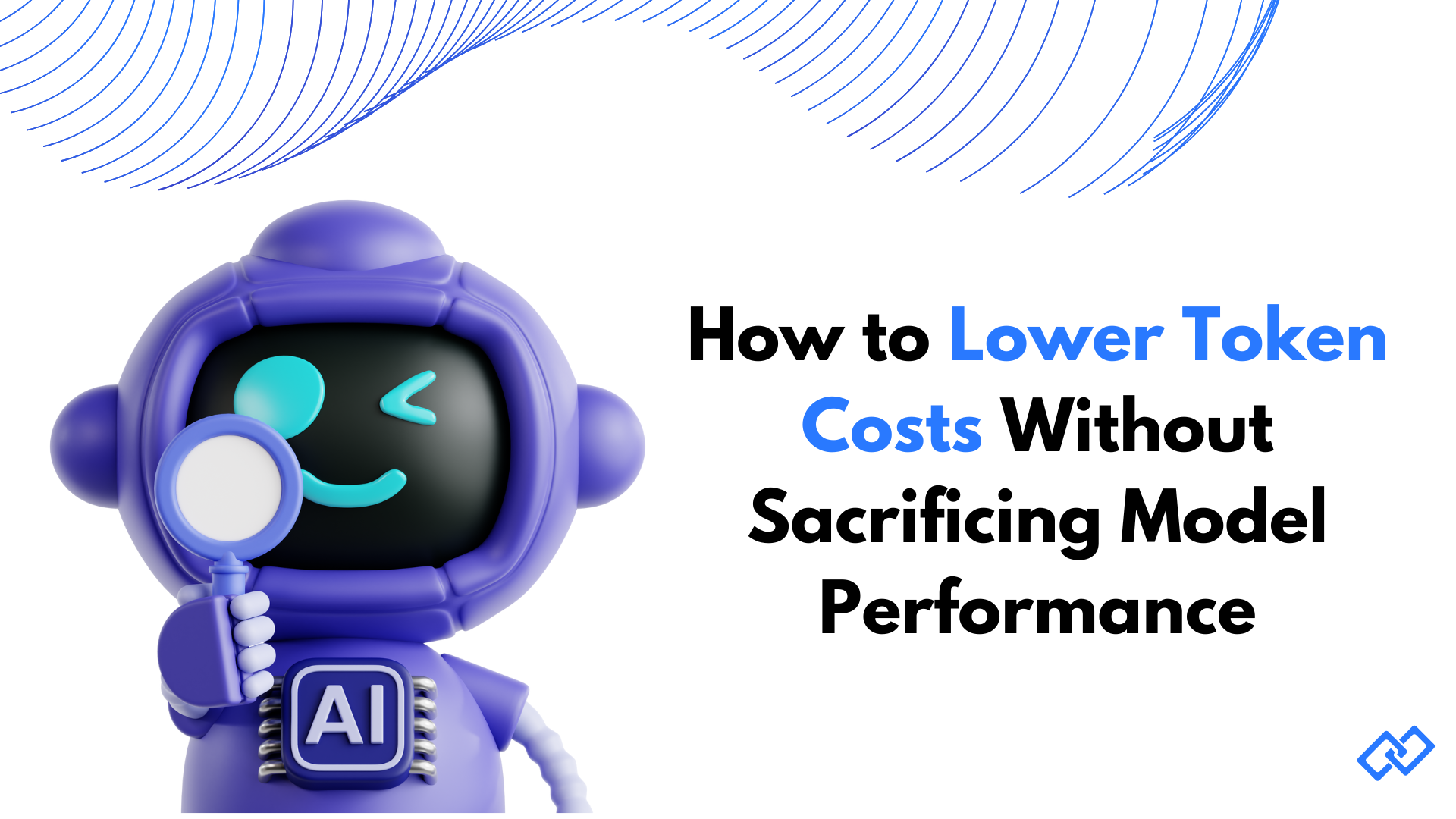How to Lower Token Costs Without Sacrificing Model Performance

Summary
Token costs in LLMs are rising as apps scale, creating financial strain for startups and developers.
Cutting costs doesn't mean cutting quality: techniques like prompt engineering, caching, and response truncation keep performance high.
Beyond optimization, developers can create freemium models and use conversational ads via Adsbind to offset expenses.
The best strategy blends efficiency + monetization, turning cost pressure into sustainable growth.
Introduction: The Token Cost Challenge
Every developer building on OpenAI, Anthropic, or Google Gemini knows the pain: API bills add up fast.
If your chatbot processes thousands of queries a day, token costs can quickly outpace revenue. Cutting down usage feels risky — nobody wants to degrade the user experience.
But here's the good news: with smart optimization and creative monetization, you can lower your API spend without sacrificing model performance.
Part 1: Practical Ways to Reduce Token Costs
1. Smarter Prompt Engineering
- Eliminate redundant instructions in system prompts.
- Use concise, reusable templates instead of verbose descriptions.
Example: Instead of "You are an AI assistant that helps answer customer support queries in a friendly, helpful tone", store this as a system instruction once.
2. Truncate and Control Output
- Cap responses where possible (e.g., 200–300 tokens).
- Use summarization instead of full output when detail isn't required.
3. Cache Frequent Responses
- Many queries repeat (FAQs, definitions, common workflows).
- Use caching or vector search (Weaviate, Pinecone) to serve answers without re-calling the API.
4. Hybrid Models
- Not every request needs GPT-4.
- Route simple queries to cheaper models, reserve top-tier models for high-value tasks.
5. Batch Processing Where Possible
- Group multiple small queries into one request.
- Process in chunks to minimize repeated overhead.
Part 2: Going Beyond Cost-Cutting — Building a Freemium Model
Optimizing helps, but even the most efficient system has costs. That's why many developers are turning to freemium models:
- Free Tier: Supported by ads, limited usage, or lightweight model calls.
- Paid Tier: Unlocks premium features, higher limits, and ad-free experience.
This structure gives you scale without immediately pricing out casual users.
Part 3: Monetizing with Ads to Cover Costs
Here's where Adsbind comes in.
Instead of limiting your free users, you can inject contextual, brand-safe ads inside conversations.
- Seamless Integration: Ads appear as natural suggestions, not intrusive pop-ups.
- Offset API Bills: Revenue from ads covers a significant part of token costs.
- Flexible Models: Keep a free plan alive without burning cash.
👉 Example:
User: "What's the best project management tool for small startups?"
Chatbot: "Here are some options… Sponsored: Taskly helps small teams get started free."
By implementing Adsbind, developers transform cost pressure into a new revenue stream.
Part 4: Blending Optimization and Monetization
The real power lies in combining both approaches:
- Cut token waste → reduce baseline spend.
- Launch a freemium plan with ads → expand user base without losing money.
- Offer premium tiers → monetize power users who want unlimited, ad-free access.
This way, you build a model that is efficient, scalable, and profitable.
Final Thoughts
Lowering token costs isn't about degrading performance — it's about working smarter.
- Optimize your API calls.
- Cache and route intelligently.
- Control outputs to avoid waste.
But don't stop there. By adding ads with Adsbind, you can go beyond cost-cutting and actually turn usage into revenue.
That's how modern AI startups survive the token economy: not by shrinking, but by scaling sustainably.
👉 Ready to try it? Join the Adsbind waitlist and start transforming your AI costs into growth.